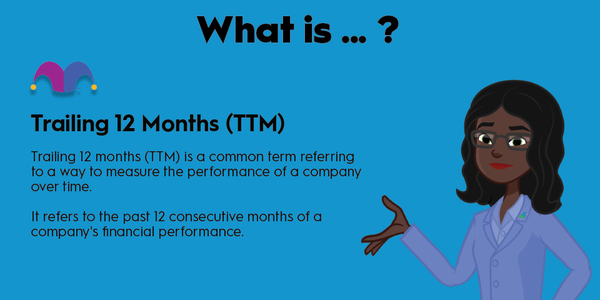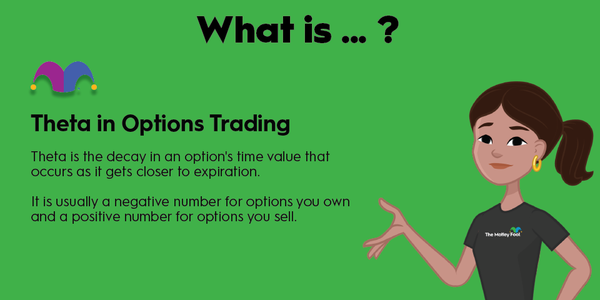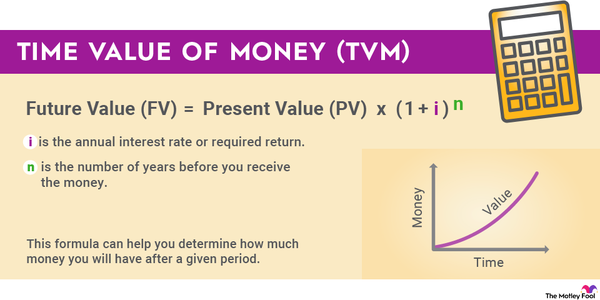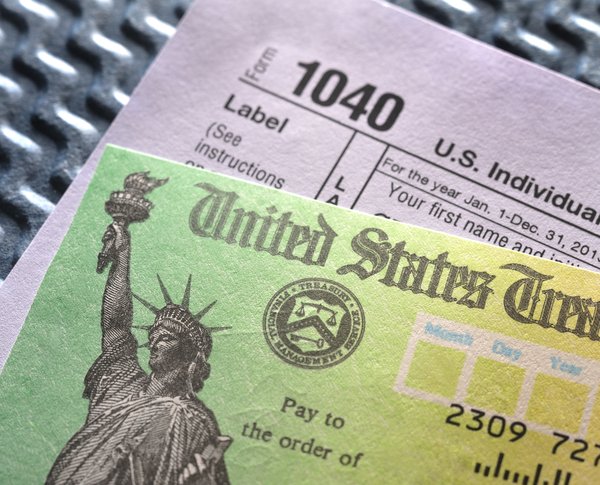The Tier 1 Capital Ratio is a financial institution's core capital divided by its risk-weighted assets (RWA). Regulators use it to ensure financial stability in the system by requiring financial institutions to have a ratio above a certain threshold. A higher ratio implies more safety.

The Basel Committee on Banking Supervision comprises central bankers and regulatory authorities dedicated to improving banking supervision. It issues frameworks (the Basel Accords) to set capital adequacy standards, including the Tier 1 Capital Ratio. The Basel III accord set a Tier 1 Capital Ratio of 6%. However, as you shall see, top banks seek to exceed this ratio to add extra security.
Defining the Tier 1 Capital Ratio
Defining the Tier 1 Capital Ratio
It's important to note that Tier 1 capital doesn't include depositors' money or other assets the financial institution has little control over. It's based on shareholders' equity at the bank and comprises two groups.
The first is common equity Tier 1 (CET1) capital. CET1 includes common shares, stock surplus, retained earnings, other comprehensive income, common shares issued by subsidiaries of the institution, and regulatory adjustments.
The second group is additional Tier 1 (AT1), and it includes instruments that meet the inclusion criteria for AT1 but aren't included in the definition of CET1. These include surpluses from the sale of AT1 instruments, instruments issued by the institution's subsidiaries, and regulatory adjustments.
As you can see, CET1 and AT1 are very similar, and together, they make up the Tier 1 capital. For reference, Tier 2 capital comprises instruments seen as riskier; in the event of financial distress, they are more susceptible to losing their value.
Basel III outlines a framework for calculating RWA based on an assessment of credit risk, market risk, and operational risk. Credit and market risks are calculated using a standard set of approaches applied to instruments identified by Basel III requirements. As such, the accord seeks to apply a framework for the global banking system by defining exactly what goes into the ratio calculation.
Capital requirements
The Great Recession, Basel III, and Tier 1 capital requirements
With the financial crisis of 2007-2009 fresh in mind, the Basel Committee met and published the Basel III accord in December 2010. The reforms included the following requirements. Armed with the definitions above, you can see the exact parameters of the regulatory requirements for banks.
| Regulatory Capital Category | Requirement |
|---|---|
| Common Equity Tier 1 (CET1) | CET1>4.5% Risk Weighted Assets |
| Additional Tier 1 (AT1) | CET1+AT1>6% Risk Weighted Assets |
| Tier 2 | CET1+AT1+Tier 2>8% |
Real-life examples
Real-life examples of the ratio
Having introduced the concept, it's time to see a few real examples from three leading global banks, namely Citigroup (C 1.41%), JPMorgan Chase (JPM 0.06%), and the U.K.'s HSBC (HSBC 0.21%). Here are the ratios from their most recently published results.
| Bank | CET1 Capital Ratio | Tier 1 Capital (CET1+AT1) Ratio | Total Capital (CET1+AT1+Tier 2) Ratio |
|---|---|---|---|
| Citigroup | 12% | 13.6% | 15.2% |
| JPMorgan Chase | 13.8% | 15.3% | 17.3% |
| HSBC | 14.7% | 17% | 19.3% |
All three banks have ratios significantly over the Basel III requirements, and the figures give a helpful look at how much (going concern) capital the banks have to deal with losses in their businesses. That's the underlying purpose of the Tier 1 Capital Ratio.


































